Build Your Own AI Model from Scratch: The Ultimate Guide
16 Aug 24 

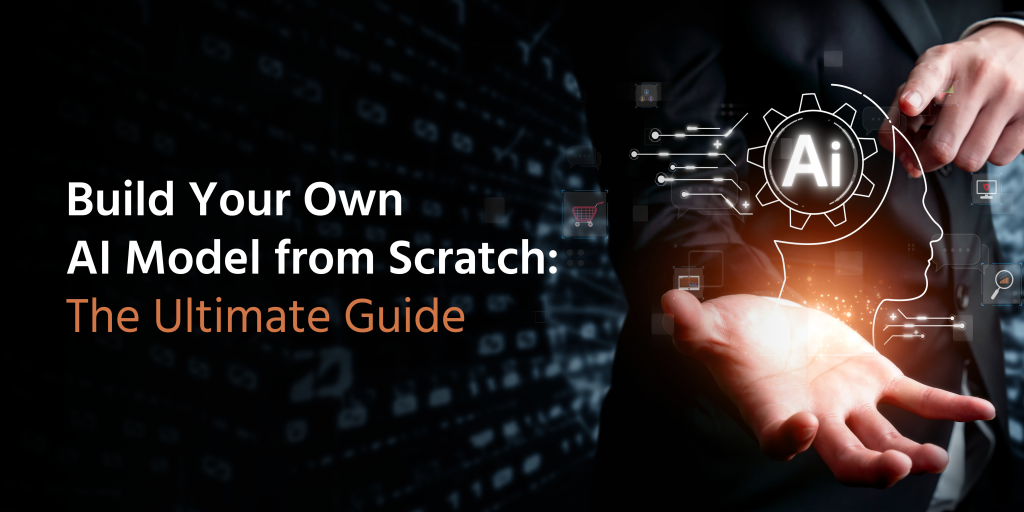
Artificial Intelligence (AI) has changed our world, becoming a part of our everyday lives. From suggesting what to watch on TV to helping us plan our day, the ubiquitous AI has made our lives easier and faster and is driving disruptive changes across industries. AI-powered diagnosis helps identify malaises early-on and medical professionals can offer more personalized treatment options to each patient, creating new pathways in the medical sector. In the automobile sector, AI is ushering in an era of self-driven cars. Be it E-learning, Telemedicine, Ecommerce, Fintech, AI is all-pervading.
As we look to the future, AI seems to have endless possibilities. Let’s learn more about building an AI model on your own!
Understanding AI Models and Their Types
Artificial Intelligence (AI) models are mathematical frameworks or computational systems designed to simulate aspects of human intelligence. These models enable machines to perform tasks that typically require human intelligence, such as understanding natural language, recognizing patterns, making decisions, and solving complex problems. AI models serve as the virtual brains of artificial intelligence, created using algorithms and data to learn from experiences and draw conclusions.

There are several types of AI models, each with its own unique characteristics and applications. Let’s explore the three main categories of AI models:
Supervised Learning
Supervised learning is the most common type of machine learning and the simplest way AI models learn. In this approach, the model is trained using labeled data, where both input and expected output are provided. The labels assist the algorithm and help the ML model understand exactly how to classify data in a way the data scientist wants.
Supervised learning deals with two distinct kinds of problems:
- Classification problems: Examples are classified into one or more classes or categories. For instance, predicting whether a student will pass or fail based on their past profile. Algorithms such as Naïve Bayes, Support Vector Machines, and Logistic Regression are often used for classification tasks.
- Regression problems: The output variable is either a real or continuous value. For example, predicting house prices in an area. Algorithms like linear regression, non-linear regression, and Bayesian linear regression are commonly used for regression tasks.
Unsupervised Learning
Unsupervised learning involves training AI models on unlabeled data, where the system must find patterns and relationships without explicit guidance. This type of learning is useful when dealing with datasets that have no obvious patterns or when the target values are unknown.
Key aspects of unsupervised learning include:
- Clustering: Grouping similar data points together based on their features.
- Dimensionality reduction: Reducing the number of features in a dataset while preserving important information.
- Association rule learning: Discovering interesting relationships between variables in large datasets.
Commonly used unsupervised learning algorithms include K-means clustering, neural networks, principal component analysis, and hierarchical clustering.
Reinforcement Learning
Reinforcement learning is a type of machine learning where an agent learns to make decisions by interacting with an environment. The agent receives feedback in the form of rewards or penalties based on its actions, allowing it to learn optimal behavior over time.
Key components of reinforcement learning include:
- Agent: The entity that learns and makes decisions.
- Environment: The world in which the agent operates.
- Actions: The choices available to the agent.
- Rewards: Feedback signals that indicate the desirability of an action.
Reinforcement learning has applications in various fields, including robotics, game playing, and autonomous systems. Popular reinforcement learning algorithms include Q-Learning, Deep Q Networks (DQN), and Policy Gradient Methods.
In addition to these main categories, there are other specialized AI models, such as:
- Deep Learning Models: A subset of machine learning that uses artificial neural networks with multiple layers to learn hierarchical representations of data.
- Natural Language Processing (NLP) Models: Designed to understand and generate human language for tasks like text classification, sentiment analysis, and language translation.
- Computer Vision Models: Enable machines to interpret and understand visual information from images and videos, often using Convolutional Neural Networks (CNNs).
- Generative Models: Can generate new data instances that resemble a given dataset, such as Variational Autoencoders (VAEs) and Generative Adversarial Networks (GANs).
Understanding these different types of AI models is crucial for selecting the appropriate approach when building an AI system to solve specific problems or tackle particular challenges in various domains.
Also read: How is AI Utilized in Healthcare Apps?
Essential Components for Building an AI Model
Building an AI model requires several crucial components that work together to create an effective and efficient system. These components form the foundation of any AI project and are essential for developing models that can solve complex problems and make accurate predictions.
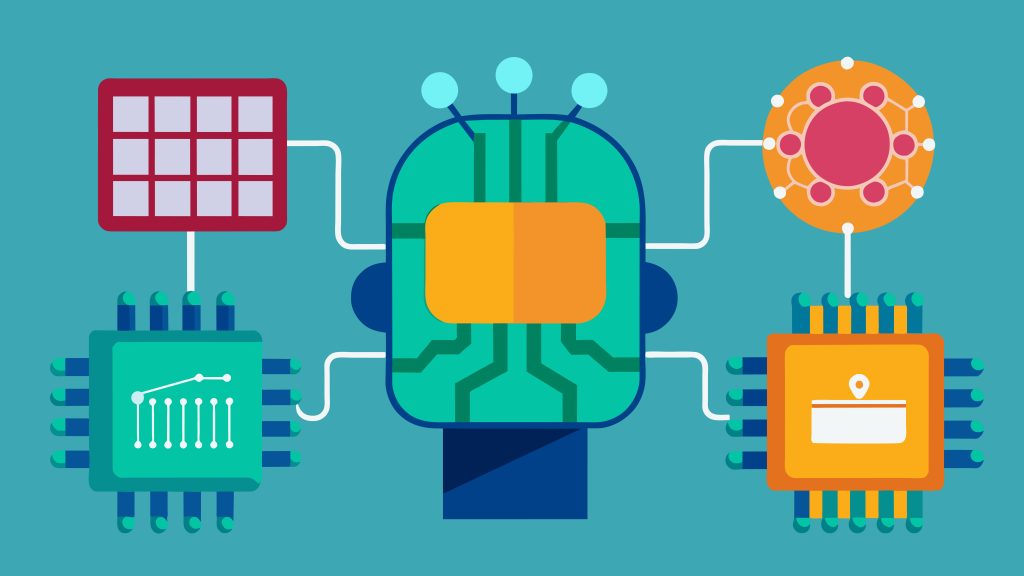
Data Collection and Preprocessing
Data serves as the lifeblood of AI systems, directly impacting the performance of AI models. The process of data acquisition involves several key steps:
- Data Collection: This involves gathering data from various sources such as databases, web scraping, APIs, sensors, and user interactions. It’s crucial to ensure data diversity to train models that generalize well
- Data Quality Assurance: Implementing processes to clean, filter, and validate data is essential to remove noise and errors. Techniques like outlier detection, imputation, and normalization are often used to improve data quality.
- Data Annotation: For supervised learning, data needs to be labeled accurately. This can be done manually or through semi-automated tools, especially for large datasets.
- Data Storage: Using databases or data lakes to store collected data efficiently is important. Cloud storage solutions like AWS S3 or Google Cloud Storage are popular for their scalability and accessibility.
Data preprocessing is a significant step that involves transforming raw data into a suitable format for model training. This includes feature extraction, normalization, and splitting the data into training, validation, and test sets. Preprocessing helps to eliminate data issues such as missing values, improve data quality, and make the data useful for machine learning purposes.
Algorithm Selection
Choosing the right algorithm is crucial for the success of an AI model. The selection process depends on several factors:
- Problem Type: Different algorithms are suited for various types of problems, such as regression, classification, or clustering.
- Data Characteristics: The size, complexity, and nature of the dataset influence algorithm selection.
- Model Performance: Considerations include accuracy, speed, and interpretability of the model.
- Available Resources: The computational power and time available for training and inference play a role in algorithm choice.
Common choices include linear regression, decision trees, neural networks, and support vector machines. Each algorithm has its strengths and weaknesses, and the selection should be based on the specific requirements of the project.
Model Architecture
The model architecture is the underlying structure or design of the machine learning model. It consists of layers of interconnected nodes or neurons, where each layer performs a specific function, such as data preprocessing, feature extraction, or prediction.
Key considerations for model architecture include:
- Complexity: The architecture should be complex enough to capture the intricacies of the data but not so complex that it overfits.
- Scalability: The architecture should be able to handle increasing amounts of data and computational requirements.
- Interpretability: For some applications, it’s important to have a model architecture that allows for easy interpretation of results.
Popular model architectures include decision trees for smaller datasets, and deep neural networks for larger datasets, including feedforward neural networks, convolutional neural networks, and transformers.
The choice of model architecture significantly influences the accuracy and performance of the AI model. It is often optimized through a process called hyperparameter tuning, which involves adjusting various parameters to improve the model’s performance.
Also read: Unpacking The Hype: AI in Cybersecurity
Step-by-Step Process to Build Your First AI Model
Building an AI model requires careful planning and execution. This step-by-step guide will help individuals navigate the process of creating their first AI model.
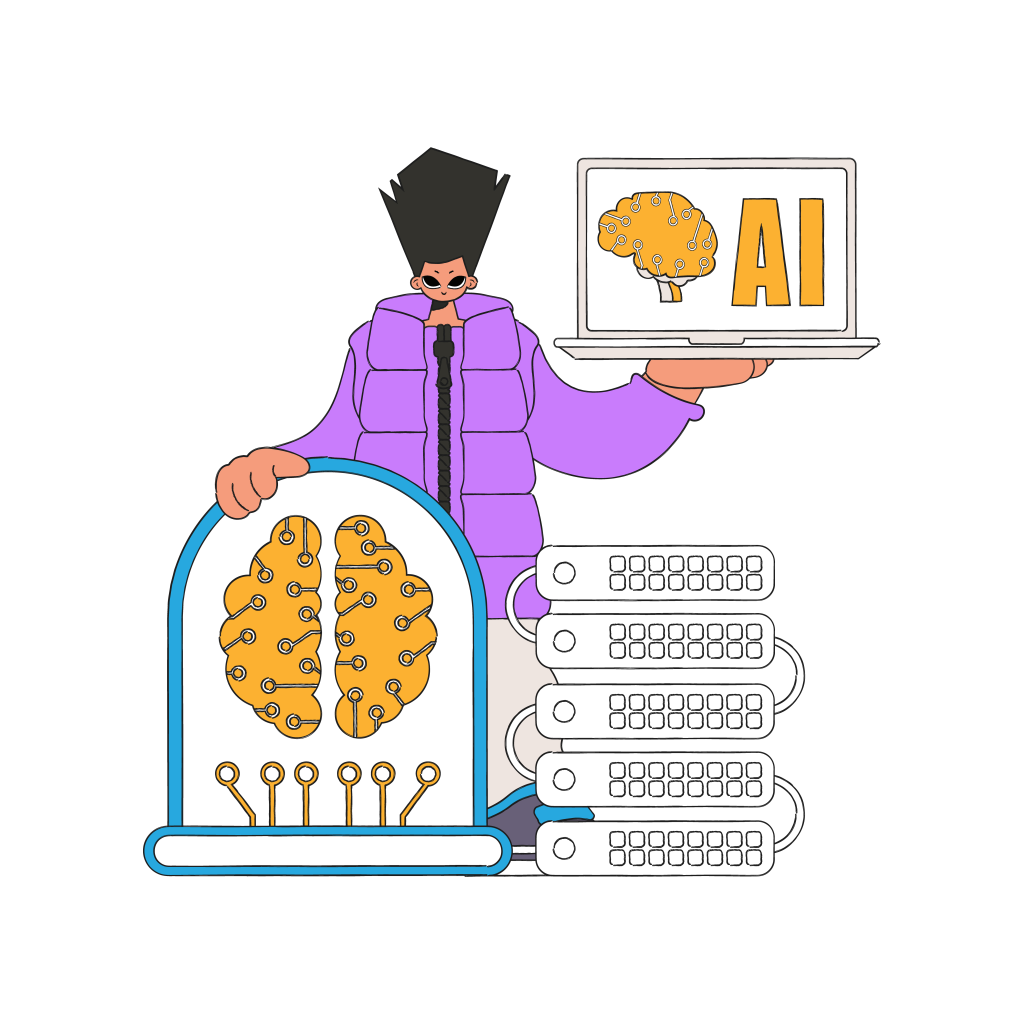
Define the Problem
The first step in building an AI model is to clearly define the problem it aims to solve. This involves:
- Identifying the objective: Determine what specific goal the AI model should accomplish. For example, it could be identifying spam emails or forecasting stock prices.
- Understanding the business context: As Andrew Ng suggests, it’s crucial to view AI applications as business problems. Instead of focusing solely on improving artificial intelligence, consider how the model can enhance business operations.
- Outlining the expected outcomes: Clearly articulate what success looks like for the AI model and how it will be measured.
Gather and Prepare Data
Data is the foundation of any AI model. The quality and quantity of data directly impact the model’s performance. This step involves:
- Data collection: Gather relevant data from various sources such as databases, APIs, or web scraping. Ensure the data collected is directly related to the problem at hand.
- Data cleaning: Remove or correct missing values, outliers, and inconsistencies in the dataset. This process is crucial for improving the overall quality of the data.
- Data transformation: Convert the cleaned data into a format suitable for machine learning algorithms. This may involve normalization, encoding, or other preprocessing techniques.
- Data splitting: Divide the prepared data into training, validation, and test sets. This separation is essential for properly evaluating the model’s performance.
Choose and Train the Algorithm
Selecting the right algorithm is a critical step in building an AI model. Consider the following:
- Algorithm selection: Choose an appropriate algorithm based on the problem type, data characteristics, and available resources. Common options include linear regression, decision trees, and neural networks.
- Model architecture: Design the structure of the model, considering factors such as complexity, scalability, and interpretability.
- Training process: Use the training dataset to teach the model how to make predictions or decisions. This involves feeding the data into the chosen algorithm and allowing it to learn patterns and relationships.
- Hyperparameter tuning: Adjust the model’s hyperparameters to optimize its performance. This may require multiple iterations and experimentation.
Evaluate and Fine-tune
After training the model, it’s essential to assess its performance and make necessary improvements:
- Model evaluation: Use the validation dataset to measure the model’s accuracy and effectiveness. Common metrics include accuracy, precision, recall, and F1 score.
- Fine-tuning: Based on the evaluation results, make adjustments to improve the model’s performance. This may involve modifying the algorithm, adding more features, or adjusting the learning rate.
- Testing: Once satisfied with the model’s performance on the validation set, use the test dataset to assess how well it generalizes to new, unseen data.
- Iteration: If the model’s performance is not satisfactory, repeat the process, making changes to the data preparation, algorithm selection, or training process as needed.
By following these steps, individuals can create their first AI model, laying the foundation for more advanced projects in the future. Remember that building an AI model is an iterative process, and continuous refinement is often necessary to achieve optimal results.
Also read Know These Latest AI Chatbots Trends & Its Applications
Tools and Frameworks for AI Model Development
The development of AI models has been greatly facilitated by the availability of powerful tools and frameworks. These resources enable developers to create sophisticated AI systems efficiently. This section explores three popular frameworks that have revolutionized AI model development: TensorFlow, PyTorch, and Scikit-learn.
TensorFlow
TensorFlow has emerged as a leading framework for creating machine learning models that can operate in various environments. Its intuitive APIs and interactive code samples make it accessible to developers of all skill levels. TensorFlow offers a comprehensive ecosystem that supports the entire machine learning workflow, from data preprocessing to model deployment.
Key features of TensorFlow include:
- Versatility: It supports a wide range of applications, from traffic forecasting to medical discoveries.
- Mobile and edge deployment: TensorFlow Lite enables AI model deployment on devices such as Android, iOS, and Raspberry Pi.
- Browser-based development: Models can be trained and run directly in web browsers using JavaScript or Node.js.
- Production-ready tools: TensorFlow provides resources to accelerate modeling, deployment, and other workflows.
- Visualization capabilities: Developers can track and visualize the development of ML models.
TensorFlow’s flexibility has made it a popular choice for various industries. For instance, Spotify uses the TensorFlow ecosystem to design an extendable offline simulator and train reinforcement learning agents to generate playlists.
PyTorch
PyTorch has gained significant traction in the AI community, particularly for building deep learning networks. It offers a range of tools and classes that simplify the process of creating complex neural networks.
PyTorch’s key components include:
- torch.nn.Module: The base class for encapsulating behaviors specific to PyTorch models and their components.
- torch.nn.Parameter: A subclass of torch.Tensor used to represent learning weights in modules.
- Various layer types: Including linear layers, convolutional layers, and recurrent neural networks (RNNs).
- Transformer class: Allows developers to define parameters for transformer models, which have become state-of-the-art in natural language processing.
PyTorch also provides essential tools for model optimization and evaluation:
- Activation functions: These non-linear functions enable deep learning models to simulate complex mathematical functions.
- Loss functions: PyTorch includes various loss functions to measure the difference between model predictions and correct answers.
- Normalization and dropout layers: These help improve model performance and prevent overfitting.
Scikit-learn
Scikit-learn has become an indispensable tool for Python developers working on machine learning projects. It offers a collection of efficient tools for predictive data analysis and is designed to be accessible to developers of all experience levels.
Key features of Scikit-learn include:
- Comprehensive algorithm coverage: It provides a wide range of algorithms for classification, regression, clustering, and dimensionality reduction.
- Data preprocessing tools: Scikit-learn offers robust capabilities for feature extraction and normalization.
- Model selection and evaluation: It includes tools for comparing, validating, and optimizing model parameters.
- Integration with other libraries: Scikit-learn works seamlessly with NumPy, SciPy, and matplotlib.
- Open-source and commercially usable: It is available under a BSD license, making it suitable for both personal and commercial projects.
Scikit-learn’s modular design allows developers to use its components independently or combine them as needed. This flexibility, coupled with its well-documented API and extensive tutorials, has made Scikit-learn a popular choice for various machine learning tasks across industries.
These tools and frameworks have significantly lowered the barrier to entry for AI model development, enabling developers to focus on solving complex problems rather than getting bogged down in implementation details. By leveraging these resources, developers can create powerful AI models efficiently and effectively.
Overcoming Common Challenges in AI Model Building
Building AI models comes with its share of challenges. Developers often face hurdles that can impact the performance and reliability of their models. This section explores three common challenges in AI model development and provides strategies to overcome them.
Data Quality Issues
The quality of data directly impacts the performance, accuracy, and reliability of AI models. High-quality data enables models to make better predictions and produce more reliable outcomes. However, ensuring data quality presents several challenges:
- Collecting data from various sources while maintaining quality
- Obtaining accurate labels for training data
- Protecting data from unauthorized access and potential corruption
- Implementing effective data governance frameworks
To address these challenges, organizations can leverage AI-powered data cleansing algorithms. These algorithms can automatically detect and correct errors, standardize formats, and resolve duplicates. They learn over time, becoming better at judging the needs and priorities of the data, making it more accurate and error-free.
Automating data cleansing processes with AI eliminates the need for manual intervention in repetitive tasks, leading to faster data cleansing cycles and reduced turnaround times. This allows data teams to focus on more strategic data management initiatives, optimizing productivity and contributing to better overall data quality.
However, it’s important to note that while AI can automate many data cleansing tasks, it should not replace human oversight entirely. Human involvement is crucial in reviewing AI-generated suggestions, especially in cases where the potential impact of data changes is significant.
Overfitting and Underfitting
Overfitting and underfitting are common issues that can significantly impact the performance of AI models.
Underfitting occurs when a model is too simple to capture data complexities. It represents the inability of the model to learn the training data effectively, resulting in poor performance on both training and testing data. To address underfitting, developers can:
- Use more complex models
- Enhance feature representation
- Reduce regularization
Overfitting, on the other hand, happens when a model learns the training data’s noise and random fluctuations rather than the underlying pattern. This results in high performance on training data but poor performance on testing data. To combat overfitting, consider the following strategies:
- Improve the quality of training data
- Increase the amount of training data
- Reduce model complexity
- Implement early stopping during the training phase
- Use regularization techniques like Ridge and Lasso
- Apply dropout for neural networks
Computational Resources
As AI models become more complex and datasets larger, the demand for computational resources grows significantly. This presents challenges in terms of infrastructure and costs:
- Deploying AI solutions requires sophisticated infrastructure capable of handling large-scale data processing and analysis.
- Organizations face significant upfront investments in hardware such as high-performance GPUs and network capabilities.
- Ongoing maintenance and upgrades of these systems present additional challenges and costs.
- Compute costs for training large-scale AI models can be substantial, with estimates ranging from hundreds of thousands to millions of dollars.
To address these challenges, organizations can consider cloud-based solutions that offer scalable computing resources. This approach allows for flexibility in resource allocation and can help manage costs more effectively. Additionally, optimizing algorithms and model architectures can help reduce computational requirements without sacrificing performance.
By addressing these common challenges in AI model building, developers can create more robust, accurate, and efficient AI systems that deliver value and drive innovation across various industries.
Final Thoughts
As AI continues to alter our environment, the capacity to create unique models has a big impact on a variety of industries, including healthcare and finance. While difficulties such as data quality and computational resource constraints persist, techniques for overcoming them are continually improving. Aspiring AI developers can stay informed about the most recent breakthroughs and best practices in AI model creation.
Mindster is committed to develop innovative solutions to complex problems, empowering individuals and businesses to overcome challenges with cutting-edge technology. Contact us to learn more about our services.
Disclaimer: All images belong to rightful owners.
- Agentic AI1
- Android Development3
- Artificial Intelligence31
- Classified App3
- Custom App Development5
- Digital Transformation12
- Doctor Appointment Booking App14
- Dropshipping1
- Ecommerce Apps40
- Education Apps2
- Fintech-Apps37
- Fitness App4
- Flutter4
- Flutter Apps20
- Food Delivery App5
- Grocery App Development1
- Grocery Apps3
- Health Care10
- IoT2
- Loyalty Programs9
- Matrimony Apps1
- Microsoft1
- Mobile App Maintenance2
- Mobile Apps127
- Product Engineering6
- Progressive Web Apps1
- React Native Apps2
- Saas Application2
- Shopify9
- Software Development3
- Taxi Booking Apps7
- Truck Booking App5
- UI UX Design8
- Uncategorized6
- Web App Development1









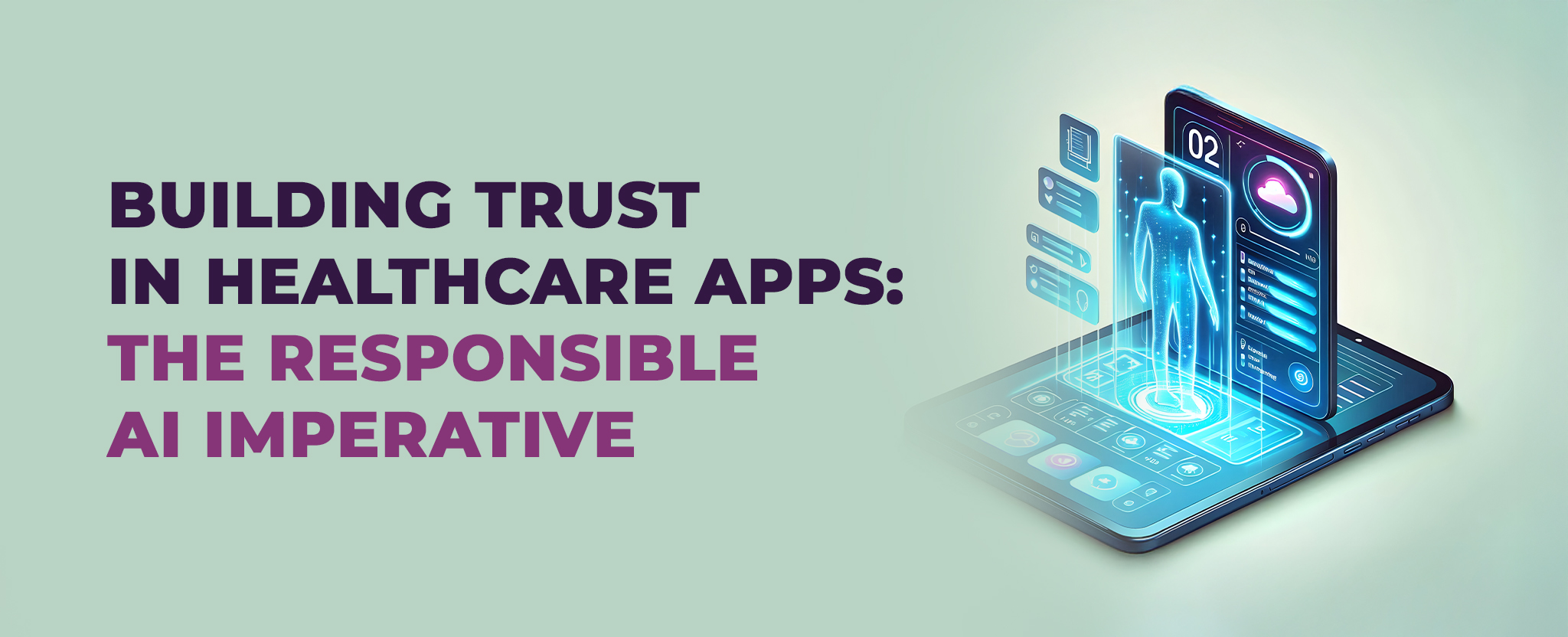
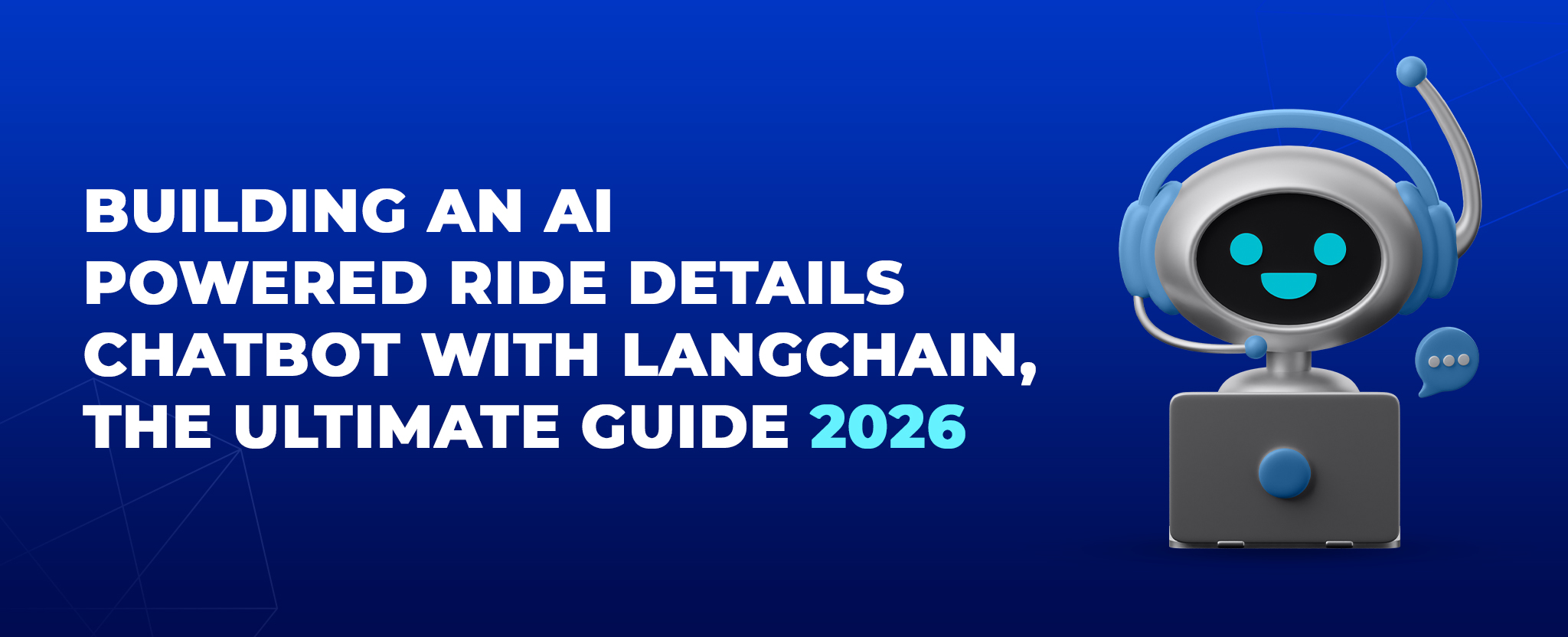
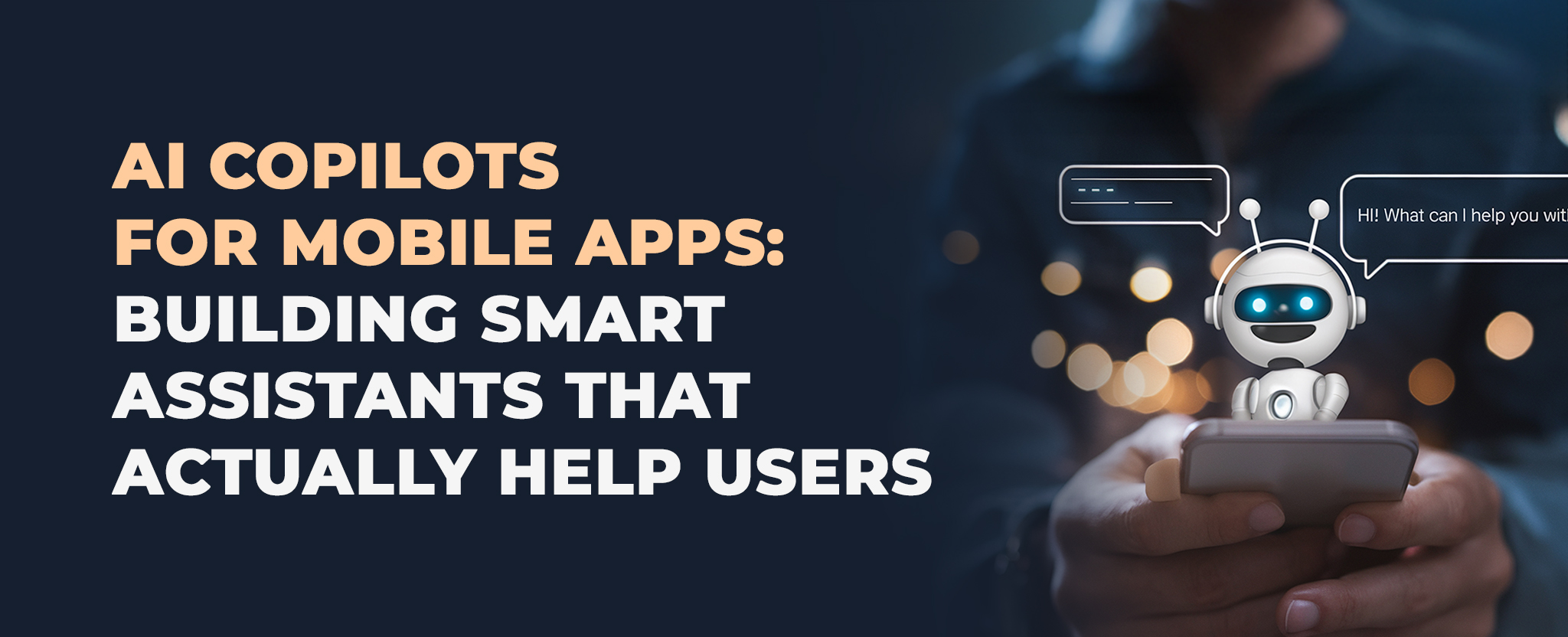







Comments